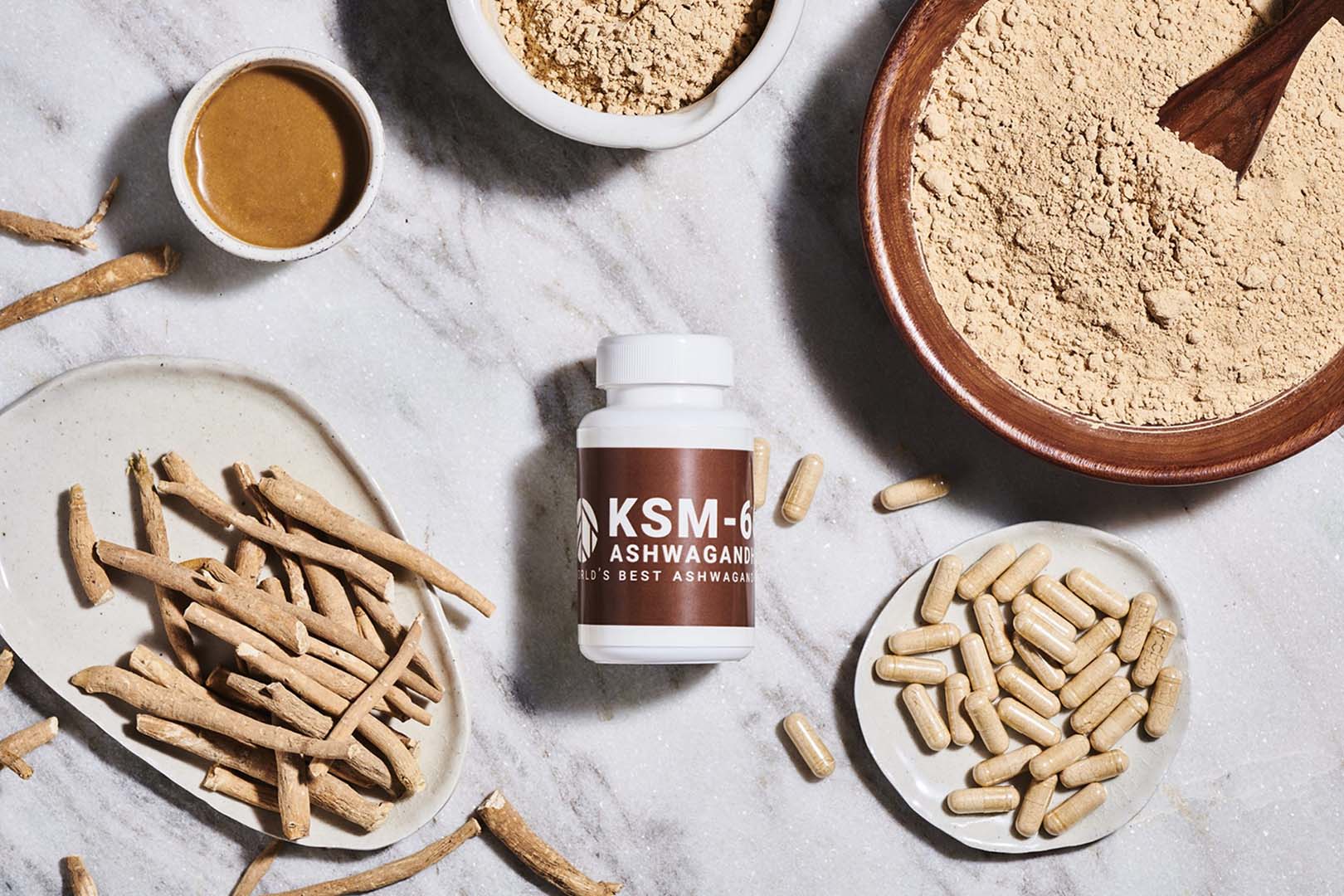
We recently came across an interesting fact regarding the multi-benefit and widely used ayurvedic medicine, ashwagandha, when visiting the annual IHFF convention in New Dehli in India, and how it is impacting other markets around the world. Compared to various versions of the ingredient on the market, KSM-66’s ashwagandha, extensively backed by studies, is entirely root-based, which, as it turns out, makes it significantly more compliant internationally.
In India, there is a government advisory asking those in the industry, as well as consumers who buy supplements, to steer clear of ashwagandha leaves, whether that is a product exclusively using ashwagandha leaves or a blend of ashwagandha root and leaves. India is not where it ends either; major European countries Poland and Hungary, home to the likes of Olimp and Scitec Nutrition, allow ashwagandha root, like KSM-66, but not leaves in any form.
Basically, if you’re making a supplement or even a European variant containing ashwagandha, to be sold all across the continent, unless it’s purely root-based, it will run into issues. Industry titan Glanbia even highlights the approach of root versus leaves on its page on KSM-66 Ashwagandha, talking about compliance as well as safety and efficacy since the major reference material is all from root. The health and nutrition space is ever-changing, and rules and regulations are always on the move, but this was something we certainly thought was well worth highlighting.


